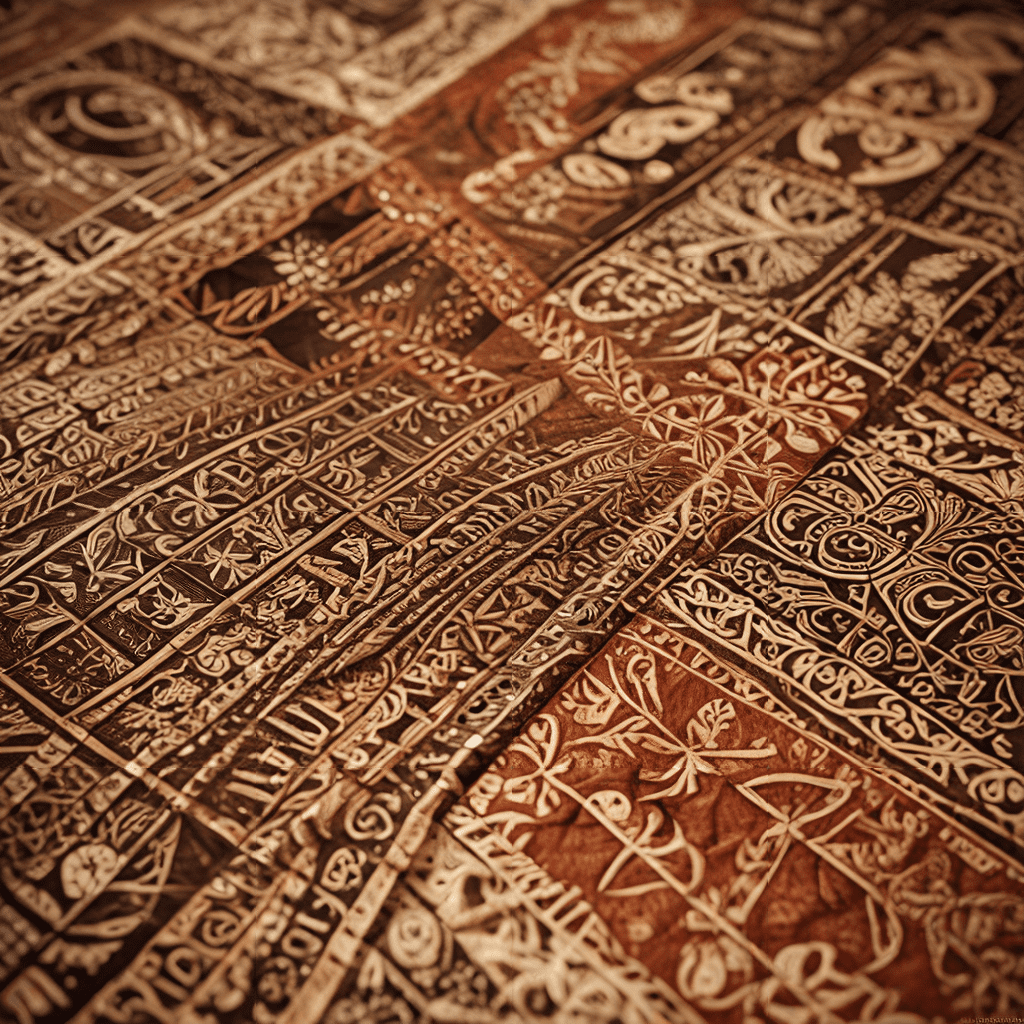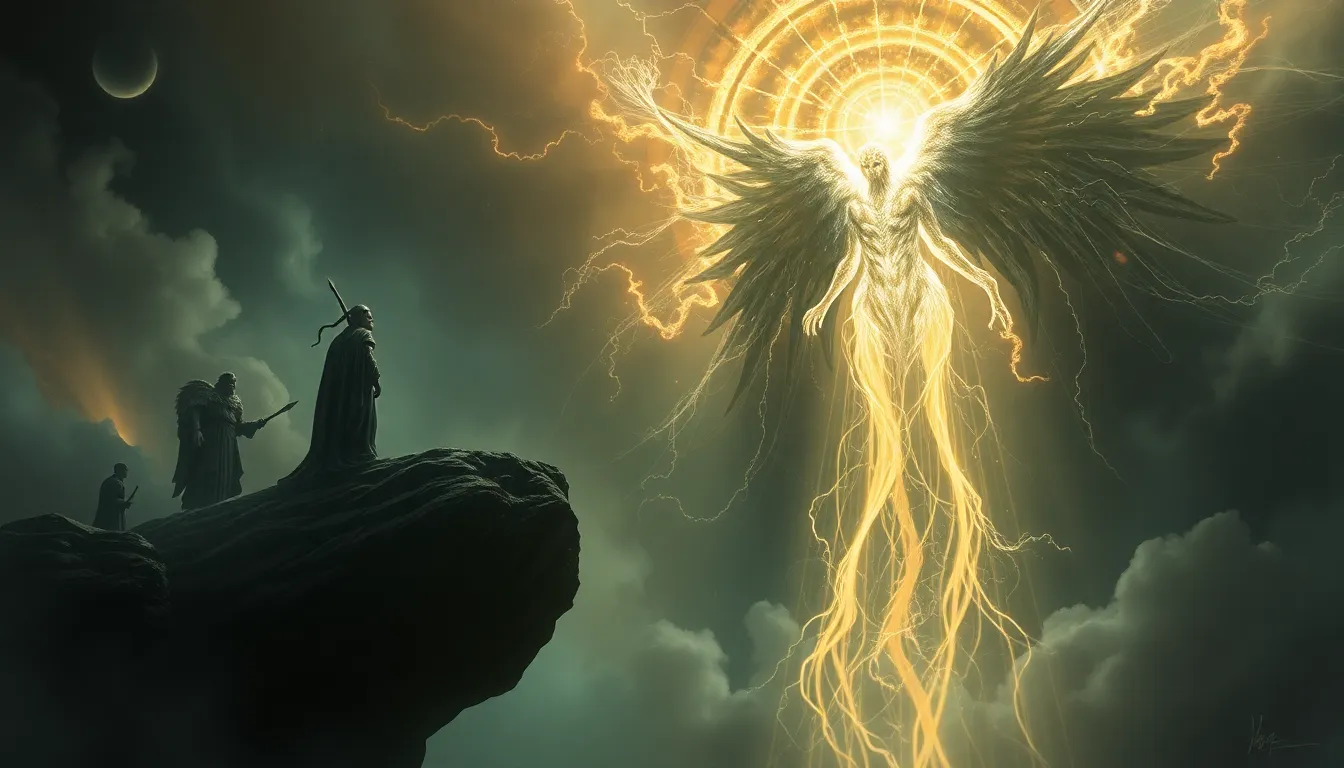The Feather of Ma’at: Truth and Justice in Ancient Egypt
I. Introduction
Ma’at, the ancient Egyptian goddess, embodies the concepts of truth, justice, and cosmic order. She played a pivotal role in ensuring harmony in the universe and the lives of individuals. In Ancient Egyptian culture, Ma’at was not merely a deity but a way of life, encompassing the ideals of balance and fairness that were essential for the stability of society.
The concept of truth, or Ma’at, was central to the moral framework of Ancient Egypt, influencing everything from personal conduct to the governance of the state. This article aims to explore the significance of Ma’at, her mythological roots, and the lasting impact of her principles on Egyptian society and beyond.
II. The Mythological Roots of Ma’at
Ma’at’s origins can be traced back to the earliest Egyptian myths, where she is often depicted as a goddess who represents the fundamental laws of the universe. She is associated with the concept of order, and her name itself translates to “truth” or “justice.”
As a goddess, Ma’at is often portrayed with an ostrich feather on her head, symbolizing truth and balance. This feather is significant, as it represents the weight of truth in judicial matters and the moral integrity of individuals.
III. The Feather of Ma’at: A Symbol of Justice
The feather of Ma’at plays a crucial role in the ancient Egyptian afterlife judgment process. According to the beliefs of the time, after death, an individual’s heart was weighed against the feather of Ma’at in a ceremony overseen by the god Osiris and a panel of other deities.
- The weighing of the heart: If the heart was found to be lighter than the feather, it indicated a life lived in accordance with Ma’at, allowing the soul to enter the afterlife peacefully.
- Outcomes of the judgment: Conversely, if the heart was heavier, it was devoured by the monster Ammit, resulting in a second death and the eternal damnation of the soul.
This ritual underscored the importance of living a virtuous life, as one’s adherence to the principles of truth and justice determined their fate in the afterlife.
IV. The Concept of Truth in Ancient Egyptian Society
In Ancient Egypt, truth (Ma’at) was not just a philosophical idea but a practical guideline that shaped social interactions and governance. It was defined as the alignment with natural order and ethical behavior.
- Truth and morality: The relationship between truth and morality was intrinsic; living truthfully was seen as essential for maintaining harmony within the community.
- Importance in governance: Leaders were expected to embody Ma’at, ensuring their decisions reflected fairness and justice, thereby preserving social order.
The emphasis on truth permeated daily life, affecting everything from business transactions to interpersonal relationships within the society.
V. Ma’at’s Influence on Egyptian Law and Governance
The principles of Ma’at significantly shaped the legal system of Ancient Egypt. Laws were not merely rules but reflections of Ma’at, designed to ensure justice and order.
- Pharaohs as guardians: Pharaohs were viewed as the earthly embodiments of Ma’at, responsible for upholding justice and maintaining societal balance.
- Legal decisions: Many legal decisions were influenced by the tenets of Ma’at, serving as precedents for fairness and equality.
For instance, cases involving theft or dispute were adjudicated with the expectation that the outcome would reflect the principles of truth and justice, reinforcing the societal expectation of moral behavior.
VI. Rituals and Practices Associated with Ma’at
Rituals dedicated to Ma’at were central to maintaining her favor and ensuring the continued order of the universe. These rituals often included offerings and prayers to honor her.
- Priests and priestesses: A dedicated clergy was responsible for conducting these rituals, ensuring that the principles of Ma’at were upheld within the community.
- Festivals: Various festivals celebrated the concepts of truth and justice, emphasizing their importance in daily life and spiritual practice.
These practices were vital for reinforcing the societal values associated with Ma’at and fostering a collective commitment to truth and justice.
VII. Ma’at in Art and Literature
Ma’at’s influence extended into art and literature, where she was frequently depicted and referenced. Artistic representations of Ma’at often included her feather and symbolic imagery that conveyed her role as a deity of truth and justice.
- Artistic representations: Statues and carvings often portrayed Ma’at with her distinctive feather, signifying her importance in both religious and secular contexts.
- Literary references: Hieroglyphs and texts frequently invoked Ma’at, emphasizing her role in guiding moral and ethical behavior among the people.
The legacy of Ma’at in these cultural expressions highlights the deep-seated reverence for her principles within ancient Egyptian society.
VIII. The Legacy of Ma’at in Modern Contexts
The influence of Ma’at persists in contemporary discussions around justice and ethics. The principles of truth and fairness that Ma’at embodies resonate with modern legal systems and social justice movements.
- Comparisons with modern law: Many contemporary legal frameworks echo the ideals of Ma’at, focusing on equality and the protection of individual rights.
- Relevance in social justice: The discussions surrounding social justice today often draw upon the values of truth and equity that Ma’at represents, emphasizing the need for systemic fairness.
Thus, Ma’at’s legacy continues to inform and inspire modern ethical considerations and legal practices.
IX. Challenges to the Concept of Ma’at
Throughout history, the principles of Ma’at faced challenges during periods of upheaval and change. Various historical events tested the adherence to these ideals, leading to critiques and alternative views of justice in Ancient Egypt.
- Historical events: Times of war, famine, and political strife often led to the erosion of Ma’at’s principles, causing societal discord.
- Critiques: Some historians argue that the application of Ma’at was inconsistent, with power dynamics sometimes overshadowing the ideals it represented.
Despite these challenges, the concept of Ma’at evolved, adapting to the changing dynamics of Egyptian society across different dynasties.
X. Conclusion
Ma’at represents a foundational element of Ancient Egyptian culture, embodying the principles of truth and justice that were crucial for societal harmony. From her mythological roots to her lasting legacy in modern discussions of ethics and law, the influence of Ma’at is profound. Understanding her role in Ancient Egypt allows us to appreciate the complexities of justice and morality, highlighting the timeless nature of these concepts throughout history.




